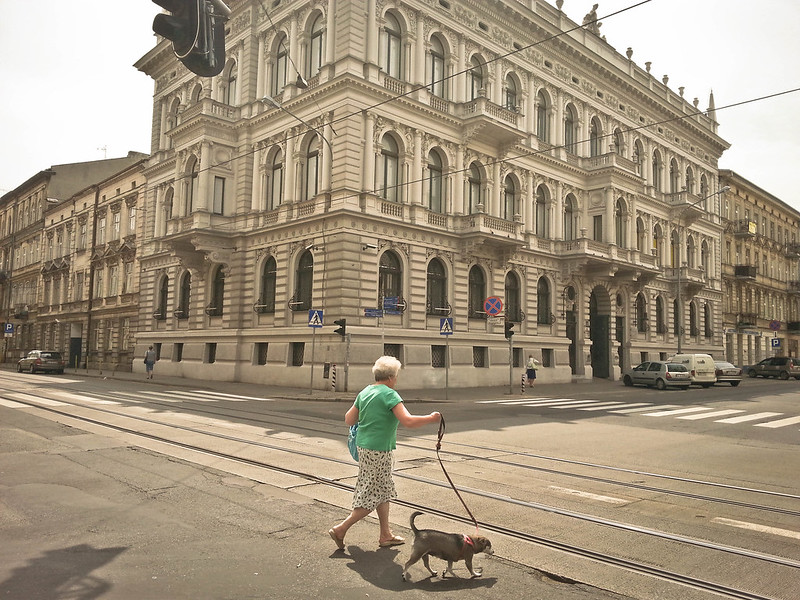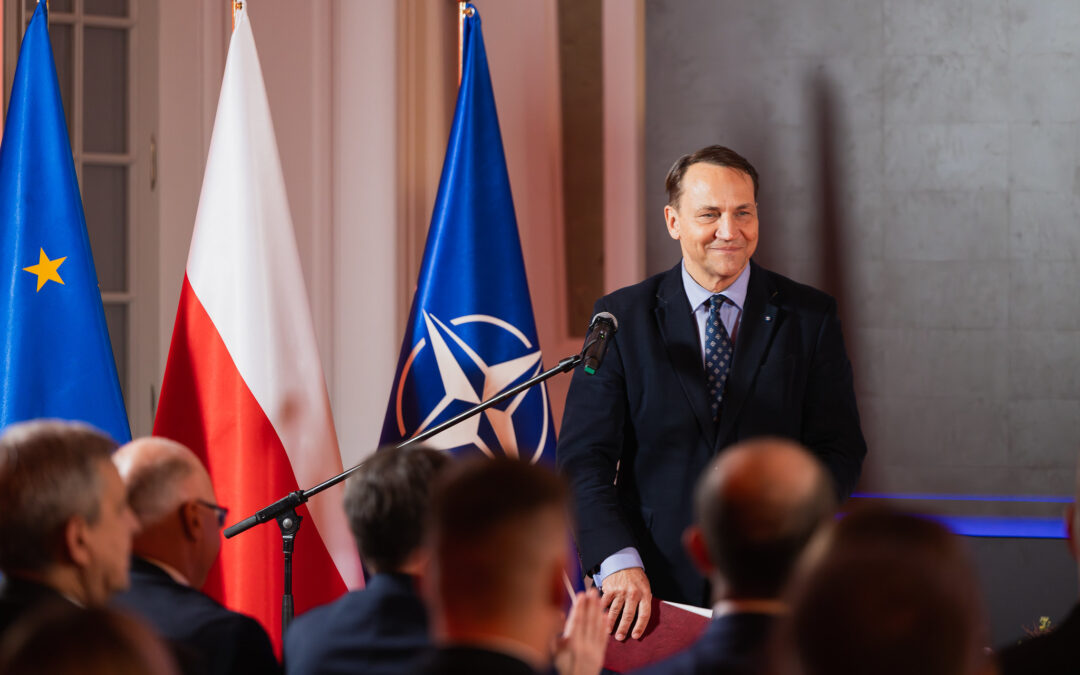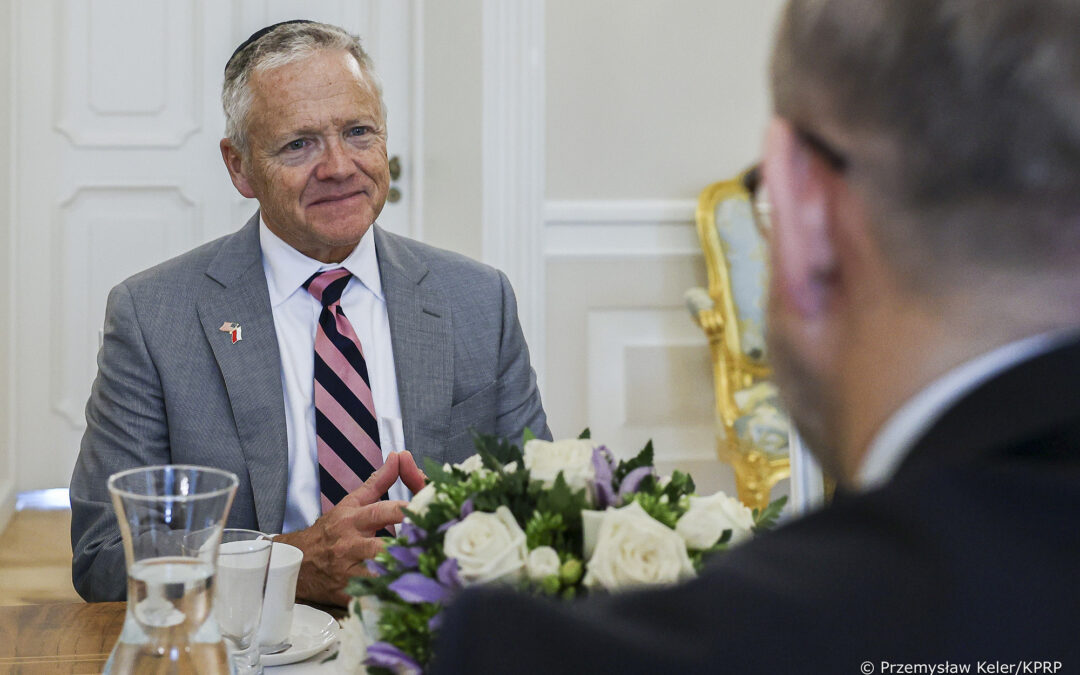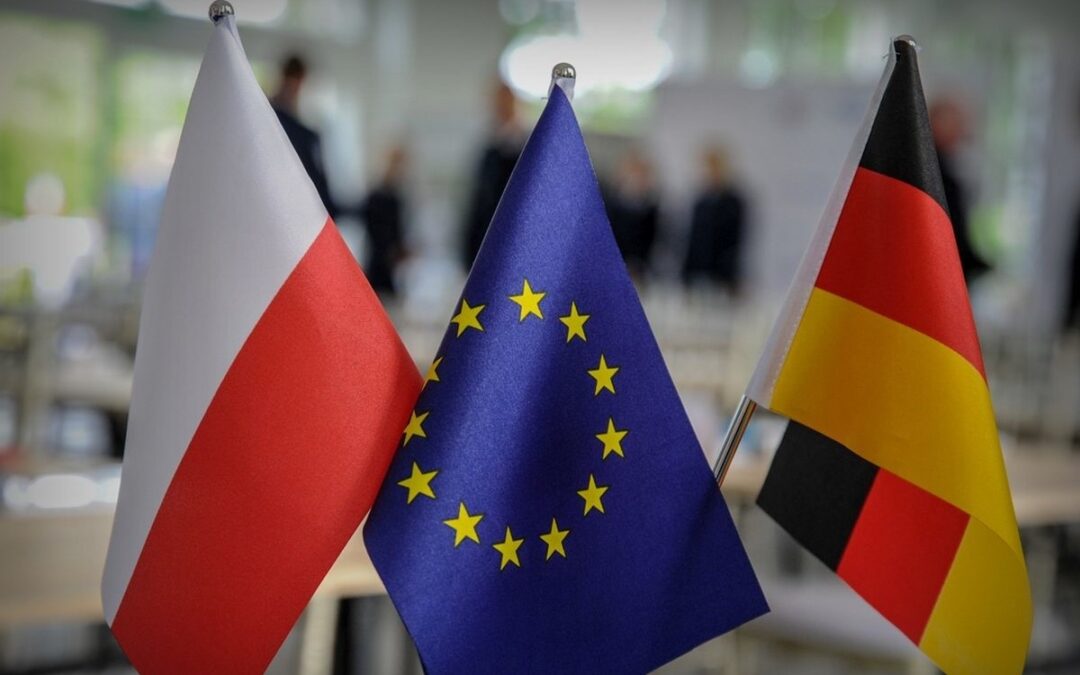By Piotr Kosiewski (published in cooperation with the ideaForum of the Batory Foundation)
Poland’s ministry of culture and national heritage recently announced an open competition recruiting for a new director of the Museum of Art (Muzeum Sztuki) in Łódź. This could be a chance to stave off the crisis that the government has created within the last few months.
But there is one condition: the recruitment process itself must be well organised, with the person selected having the knowledge and competences to guarantee the smooth running of one of the most important cultural institutions not only in Poland, but in the whole region.
The example of Łódź’s Museum of Art provides a good illustration of the United Right government’s cultural policy, but also its attitude towards public institutions and the state itself. Last year, the culture ministry announced that it would not allow Jarosław Suchan, the director of the museum since his selection after a competitive procedure in 2006, to continue for a further term.
The International Committee for Museums and Collections of Modern Art has condemned the removal of Jaroslaw Suchan as director of the Łodz Museum of Art in central Poland https://t.co/NfWhUJdNoG
— The Art Newspaper (@TheArtNewspaper) May 2, 2022
The Museum of Art under his leadership not only regained the position that Ryszard Stanisławski, its legendary director between 1966 and 1990, had carved out, but also became a serious point of reference for many similar institutions in Poland and around the world. Not only was its programming activity excellent in terms of exhibitions, publications and academic research, but it was also hailed as an example of good management.
Finally, the Museum of Art was regarded as one of Poland’s best museum education institutions. Suchan also oversaw the development of collaboration with the world’s most important museums that is unrivalled among Polish institutions, including Centro de Arte Reina Sofía in Madrid, the Pompidou Centre in Paris, the Tate in London and the Museum of Modern Art (MoMA) in New York.
This made it possible to present works that have for years been inaccessible to Polish audiences, such as last year’s Avant-Garde Museum exhibition featuring the works of Marcel Duchamp, Natalia Goncharova, Wassily Kandinsky, Piet Mondrian and Kazimir Malevich, regarded as one of the most important museum events to take place in the country in recent years.
Above all, though, the international contacts allowed Polish art to be promoted around the world, such as in the case of the important exhibition Une avant-garde polonaise: Kobro et Strzemiński at the Pompidou Centre or the recent presentation Katarzyna Kobro, Shaping Space at MoMA, in which the Polish sculptor’s works were temporarily included in the legendary New York museum’s permanent exhibition.
As Maria Poprzęcka noted during a session of the Senate’s culture and media committee devoted to the Łódź museum on 19 July 2022, it was the Museum of Art under Suchan’s leadership that managed to tell the still little-known story of art in our part of Europe at the most important art institutions.
It makes me SO mad that these articles always fail to mention that the Museum of Art in Łódź is one of the oldest museums of modern art in the world (founded 1930) and a key institution in the history of the European avant-garde https://t.co/y8YYNsyBDi
— Dr Marta Zboralska (@marta_zboralska) July 18, 2019
Its status also received a confirmation of sorts by Suchan’s invitation to the Bizot group, which brings together around 60 directors of the world’s top museums, including the Louvre, the British Museum and the Vatican Museums. The Museum of Art is one of three institutions from the region to join.
The failure to nominate Suchan for a further term came as a surprise, but the decision to appoint him as acting director provided an opportunity for stabilisation and time for a new museum director to be selected without haste. However, despite a contract signed by the ministry until the end of 2022, in April he was dismissed overnight without any specific reason being given.
In his place, also as acting director, 64-year-old Andrzej Biernacki was appointed – a painter who had overseen the private Browarna gallery in Łowicz since 1991. The decision to place another acting director in the role increased the state of temporariness. But what was particularly astonishing was the person chosen, who, despite his age, had previously headed only a small, private gallery of purely local significance.
He lacked the knowledge and experience to serve as director of a large, complex institution with an international programme. There was also a conflict of interests, because the International Council of Museums’ Code of Ethics states that museum employees “should not compete with their institution either in the acquisition of objects or in any personal collecting activity”.
Not only does Biernacki run a private gallery (which has now been suspended), but he also has his own collection that is also exhibited publicly.
Finally, the new acting director’s first statements showed not only that he lacks fundamental knowledge about working in a museum, but also has little understanding of the institution he is heading. He pledged, among other things, that works by foreign artists would not be purchased, although the Museum of Art is the only museum in Poland whose programme has since its inception combined emerging Polish art with the works of artists from other countries.
Biernacki also promised that from now on international cooperation would take place “on his terms”, suggesting a lack of elementary knowledge on maintaining such links. Suchan’s treatment by the ministry, the choice of his successor, and concerns about the museum’s future have led to numerous protests.
Key figures from the museum world, including the directors of the Tate – Maria Balshaw, MoMA – Glenn D. Lowry, and Guggenheim – Richard Armstrong, have written to the culture minister about the subject.
Meanwhile, the French daily Libération published a letter signed by almost 150 representatives of the world’s top institutions dealing with collection and promotion of modern art.
TRIBUNE. En nommant des personnalités conservatrices à la tête des musées de Lodz et Varsovie, le gouvernement polonais refuse le dialogue avec le monde contemporain. 142 personnalités du monde de l’art s’alarment de cette régression. #Pologne #Art https://t.co/c64tt05jSq
— Libération (@libe) May 24, 2022
In a matter of weeks, the ministry of culture and national heritage succeeded in undermining the prestige and trust of an institution that had taken many years of work and effort to build (as well as funds, including public money).
Worse still, in an interview with the Polish Press Agency (PAP), culture minister, Piotr Gliński admitted that the main reason for Biernacki’s nomination was his views.
The fact that he “referred to sovereign thinking about art – to artistic freedom, and not to becoming dependent on various milieus or pressures of global institutions where ideological novelties, mainly left-liberal, were preferred, even pushed, and sometimes – with the help of political correctness – forced”.
It seemed that the Museum of Art was inexorably joining the ranks of institutions whose bosses are appointed above all for ideological reasons, without heed to their competences or experience. Almost as a rule, this is done without a competitive procedure – although significantly, the ministry itself demands open recruitment procedures from institutions run by local authorities.
This practice applies to an increasing number of institutions, even though it can lead to marginalisation and sometimes even institutional collapse – the National Museum in Warsaw, Stary Theatre in Kraków and National Film Archive are such instances from Gliński’s tenure.
The culture ministry’s actions since the United Right government took over in 2015 have thus deepened the already flawed untransparent, non-meritocratic personnel policy in public institutions. Furthermore, as Gliński openly admits, it is based on principles of dividing institutions into “ours” and “yours” (with “our” and “not our” directors), thereby undermining the sense of community and the fact that these are institutions belonging to all citizens.
Furthermore, such a policy encourages clientelist relations and development of self-censoring reflexes among cultural managers, of which we already have examples.
This makes the decision to declare an open competition to appoint a new director of the Museum of Art in Łódź even more important. The outcome could be not only the appointment of a “director with a very good programme”, as deputy culture minister Jarosław Sellin stressed at the aforementioned Senate committee, but also could the beginning of rebuilding trust in the museum itself.
It would also be good if the procedure offered an opportunity for a serious programme discussion between the culture ministry and the marshal of the Łódź province. The Museum of Art is administered jointly by these two authorities, and it was the marshal’s opposition that stood in the way of a further nomination for Suchan. Even the ministry does not know what caused this opposition, as Sellin made clear in the committee meeting.
The lack of discussion on an appointment to one of Poland’s most important cultural institutions – and this in a province governed by the nationally ruling Law and Justice (PiS) party – seems surprising. More than anything, it begs the question of the role of the ministry itself, which boasts that it is taking over from local authorities in jointly managing cultural institutions.
Should its role not be more about jointly creating cultural policy? After all, there is more to this than merely nominating specific individuals for posts and covering the costs of maintaining further institutions.
The original version of this article can be found here. Translated by Ben Koschalka.
Main image credit: Marcin Polak/Flickr (under CC BY 2.0)





















